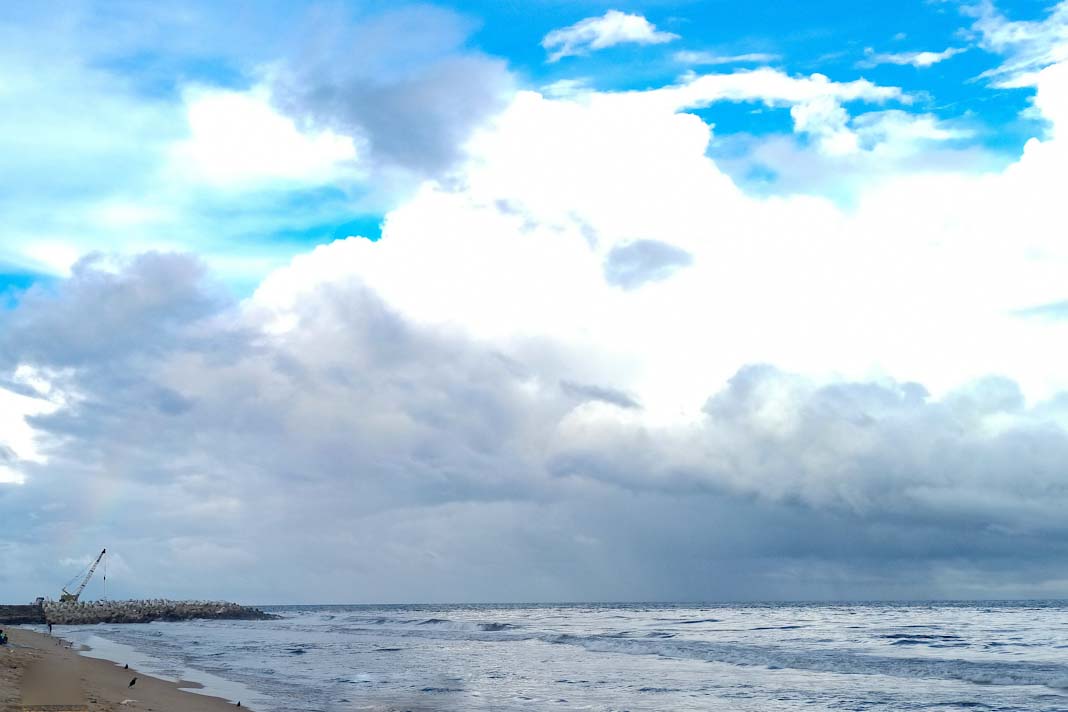A 20-foot container-shaped storage tank is placed at a dock on Shanghai’s Changxing Island, near the Yangtze River. Its white exterior shines in the seaside sun, reports PR Newswire.
From emissions to liquid carbon dioxide
Li explained the process behind capturing carbon from ship emissions and transforming it into useful liquid carbon dioxide.
The first step is to selectively separate and absorb the carbon dioxide from the exhaust emissions, with a special chemical absorbent. The next step is to purify the absorbed carbon dioxide, and then compress it into liquid for onboard storage.
“When the tank of liquid carbon dioxide is eventually unloaded ashore, the OCCS system on the ship will have been continuously operating for more than three months,” Li said.
It took Chinese developers and manufacturers six years to develop the process, with QiYao Environ Tec having started the OCCS project in 2018. Before that, there had been a few attempts by some countries to develop similar carbon capture devices, but mostly these could only capture the carbon and were unable to deal with it, let alone store it in liquid form on board.
Crossing the river by touching the stones
Finding ways to deal with the flue gas emitted by ships has long been a difficult problem for the global shipping industry.
It’s much harder to capture and store carbon on board than on land due to various limiting factors, Li said.
He explained that the carbon content in ship emissions is much lower than that of in power plants on land, making it more difficult to capture. The tight energy supply and limited space on ships also pose high requirements for the efficiency, energy consumption, and space occupancy of the OCCS system.
Also, the operation of the entire system involves various other industries, such as technology development, equipment manufacturing, ship operation, carbon dioxide transfer and transportation, standard setting, and market trading, which cannot be completed solely by one company, Li said.
In mid-January this year, the OCCS system was eventually applied on a 14,000 twenty-foot equivalent unit (TEU) container vessel named Ever Top from shipping giant Evergreen, making the start of its maritime journey.
At the end of April, Ever Top docked at Shanghai’s Yangshan Port, successfully bringing back its milestone tank of liquid carbon dioxide.
A key to greener shipping
Carbon dioxide has great utility value. As an industrial gas, it is a raw material for synthetic fuels, chemicals, and building materials, and can be used in petroleum production, low-temperature refrigeration, and food industries, said Li.
It’s also a cost-saving system, particularly when some countries and regions have introduced expensive carbon taxes for the shipping industry, he added.
The shipping industry is a significant source of global greenhouse gas emissions. The annual carbon dioxide emissions from a large ocean-going vessel are allegedly equivalent to the total emissions of tens of thousands of motor vehicles in a year.
Hence it is very meaningful that Chinese shipping enterprises and developers have taken the lead in establishing a complete closed loop for capturing, storing, and utilizing carbon dioxide emissions from ships. This vital step forward can lead to new advances in global green shipping.
Did you subscribe to our daily Newsletter?
It’s Free! Click here to Subscribe
Source: PR Newswire
















